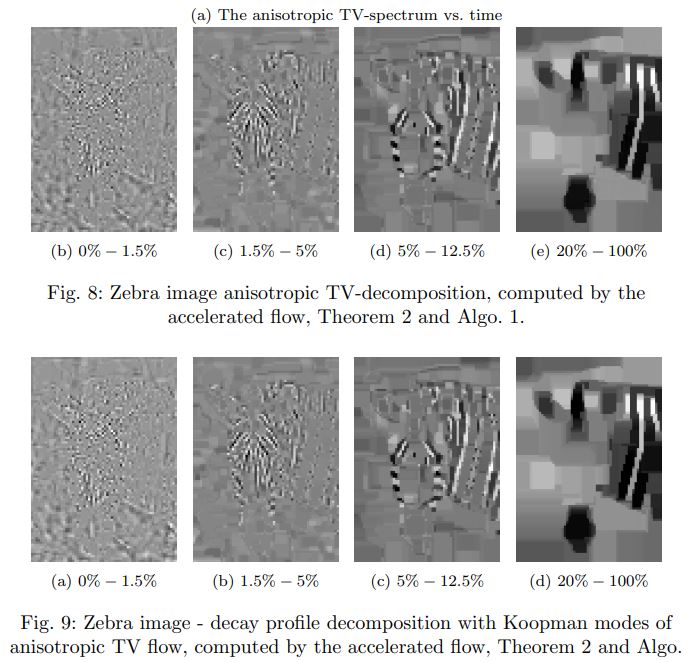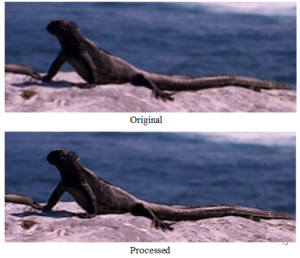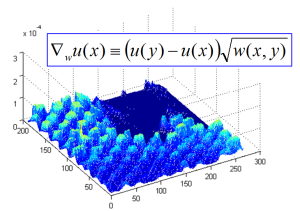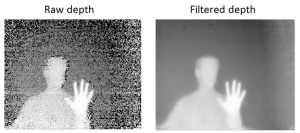for receiving her MSc


for receiving her MSc

Ido Cohen, Tom Berkov, arXiv preprint
Abstract
The space-discrete Total Variation (TV) flow is analyzed using several mode decomposition techniques. In the one-dimensional case, we provide analytic formulations to Dynamic Mode Decomposition (DMD) and to Koopman Mode Decomposition (KMD) of the TV-flow and compare the obtained modes to TV spectral decomposition. We propose a computationally efficient algorithm to evolve the one-dimensional TV-flow. A significant speedup by three orders of magnitude is obtained, compared to iterative minimizations. A common theme, for both mode analysis and fast algorithm, is the significance of phase transitions during the flow, in which the subgradient changes. We explain why applying DMD directly on TV-flow measurements cannot model the flow or extract modes well. We formulate a more general method for mode decomposition that coincides with the modes of KMD. This method is based on the linear decay profile, typical to TV-flow. These concepts are demonstrated through experiments, where additional extensions to the two-dimensional case are given.

A new framework is proposed for variational analysis and processing. It defines a functional-based nonlinear transform and inverse-transform. The framework is developed in the context of total-variation (TV), but it can be generalized to other functionals.
An eigenfunction, with respect to the subdifferential of the functional, such as a disk in the TV case, yields an impulse in the transform domain. This can be viewed as a generalization of known spectral approaches, based on linear algebra, which are extensively used in image-processing, e.g. for segmentation.
Following the Fourier intuition, a spectrum can be computed to analyze dominant scales in the image. Moreover, new nonlinear low-pass, high-pass and band-pass filters can be designed with full contrast and edge preservation.

Movie explained: Top (from left): image layers, phi bands (phi(t) = u_{tt}*t). Bottom: Ideal TV High-pass-filter, ideal TV Low-pass-filter at different scales. Ideal is in the sense of eigenfunctoin preservation.
Related papers

Main topics
Complex diffusion real and imaginary kernels
Relaxed inverse scale space
Related papers

Processing image in a nonlocal manner using a variational approach. Nonlocal operators such as gradient and divergence are defined and used to form nonlocal functionals, such as nonlocal total variation (NLTV). Also evolution processes can be used (e.g. for denoising), for instance nonlocal diffusion. Segmentation, NL-TV-L1 and NL-TV-G minimizations are examined, as well as extensions of Chambolle’s projection algorithm to solve numerically the minimization problems.
Related papers (see PDF’s in publicaton part)

Previous related publications (mostly patents):